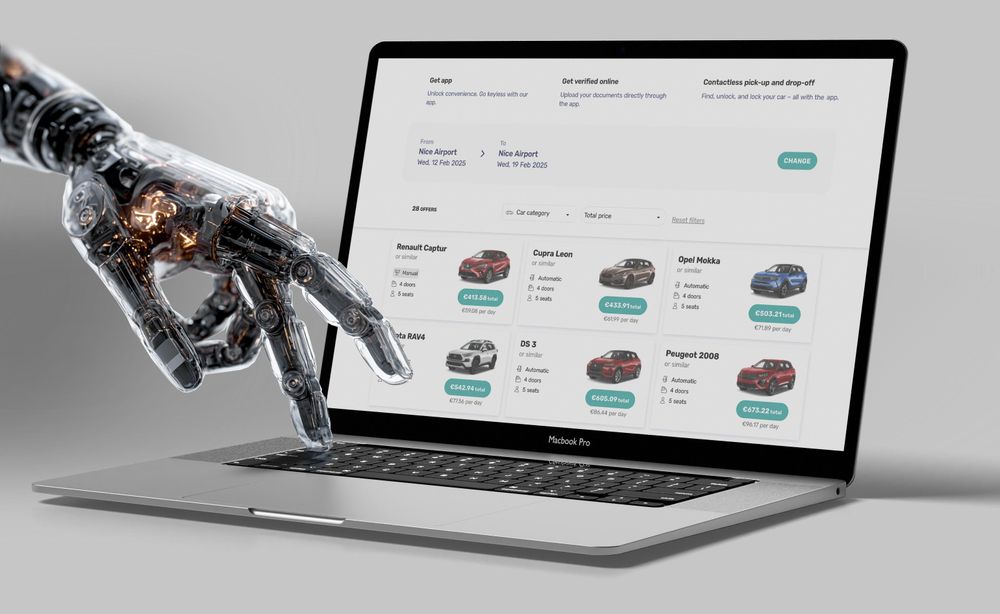Vehicle as a Service (VaaS) is a mobility concept that offers users flexible, on-demand access to a specific vehicle, with a focus on ‘usership’ rather than ownership.
In essence, the vehicle is like cloud software, where you subscribe, use, switch plans, and exit according to the terms of the contract. It is similar to using a music or video streaming service instead of buying physical media, except that in this case, you are subscribing to transport.
You pay for access to a vehicle through a subscription or pay-per-use model, which includes bundled services and gives you the flexibility to swap vehicles or opt out when needed.
Some automakers and start-ups offer monthly plans where a flat fee gives you the option to switch to a different vehicle if required. For example, you might use a city car for weekday commuting and switch to an SUV on weekends, all under one plan.
In turn, the service provider retains ownership, manages the fleet, and charges a recurring fee that typically covers financing, insurance, maintenance, and sometimes even fuelling or charging. This flexible access is growing in popularity among 18- to 34-year-olds who want convenient access to a car without the burdens of ownership, such as maintenance and depreciation, according to research by JATO.
VaaS is part of a broader shift towards viewing transport as an on-demand service, similar to ride-hailing or car-sharing.
VaaS sits between short-term rentals, which offer access for hours or days, and traditional leases, which lock users into multi-year terms, require them to handle maintenance and insurance, and often penalise early termination.




